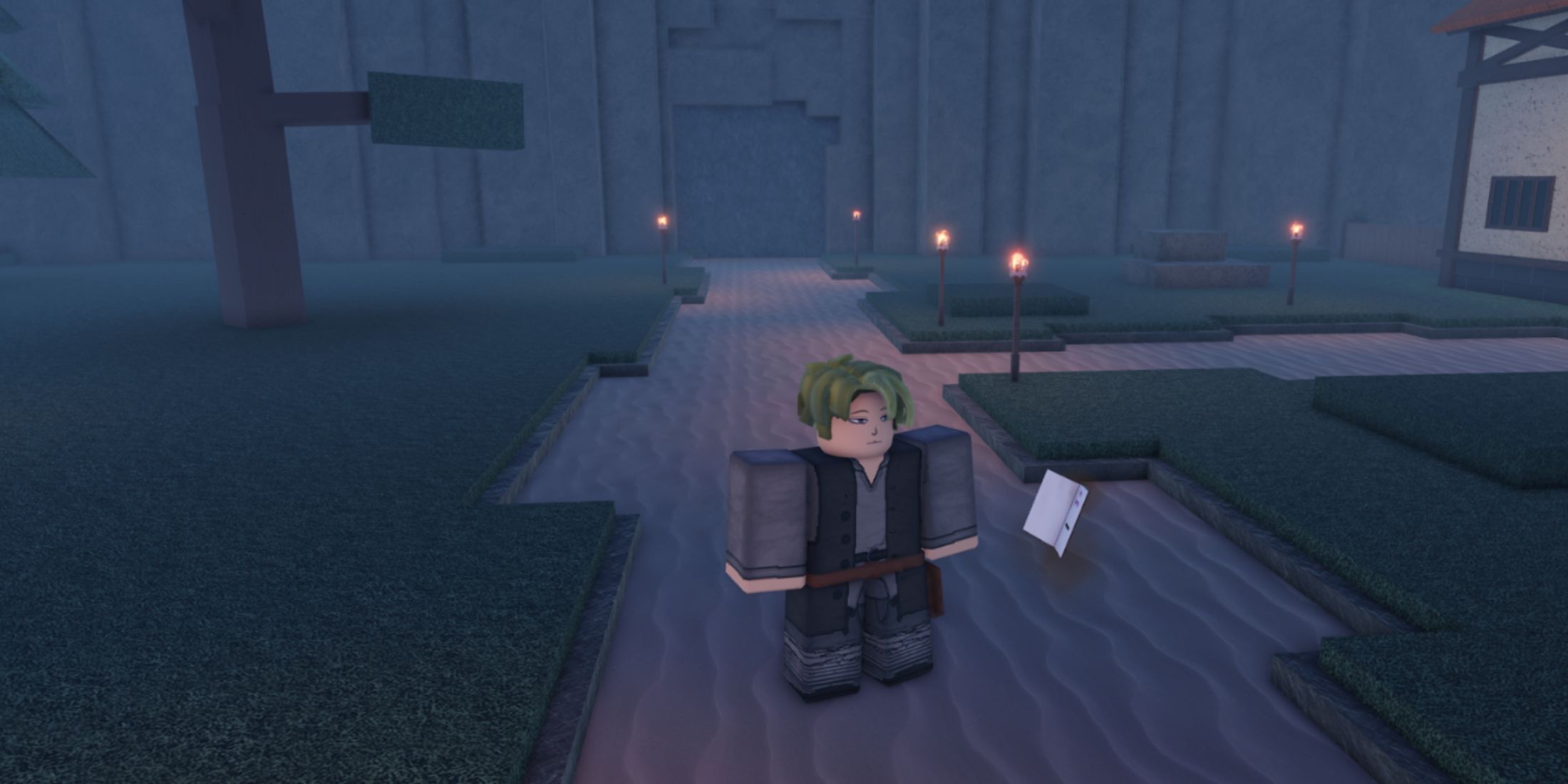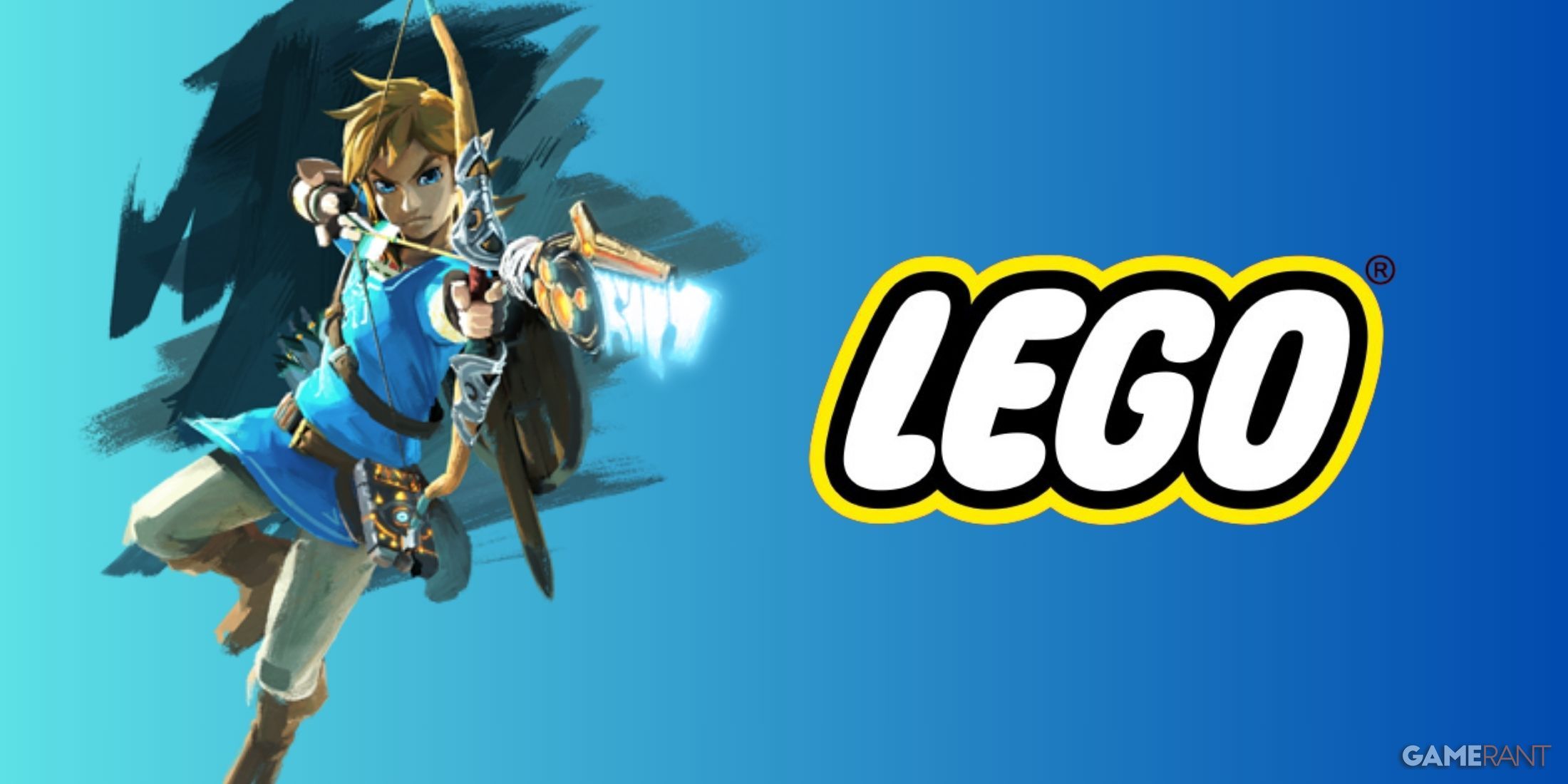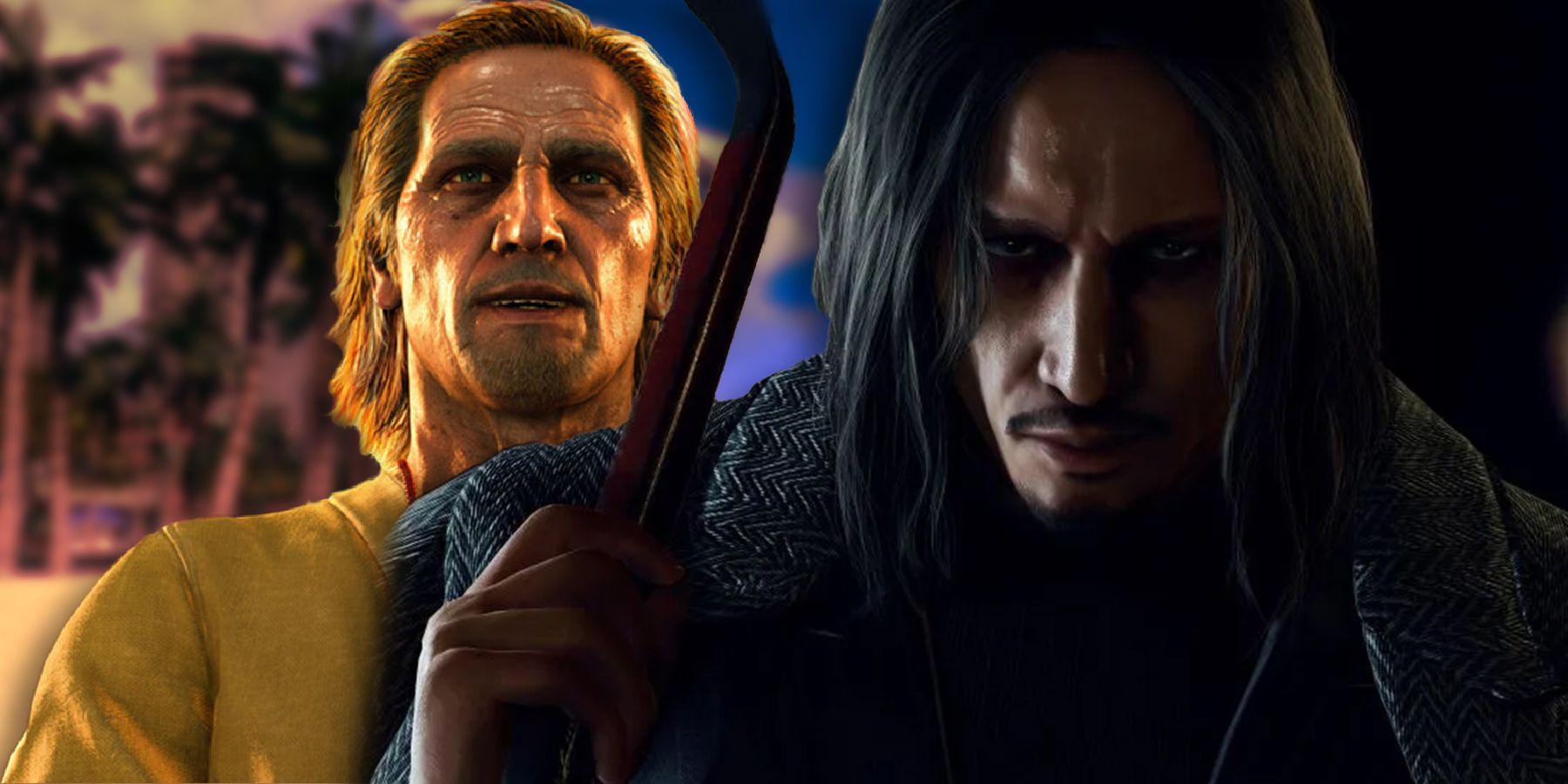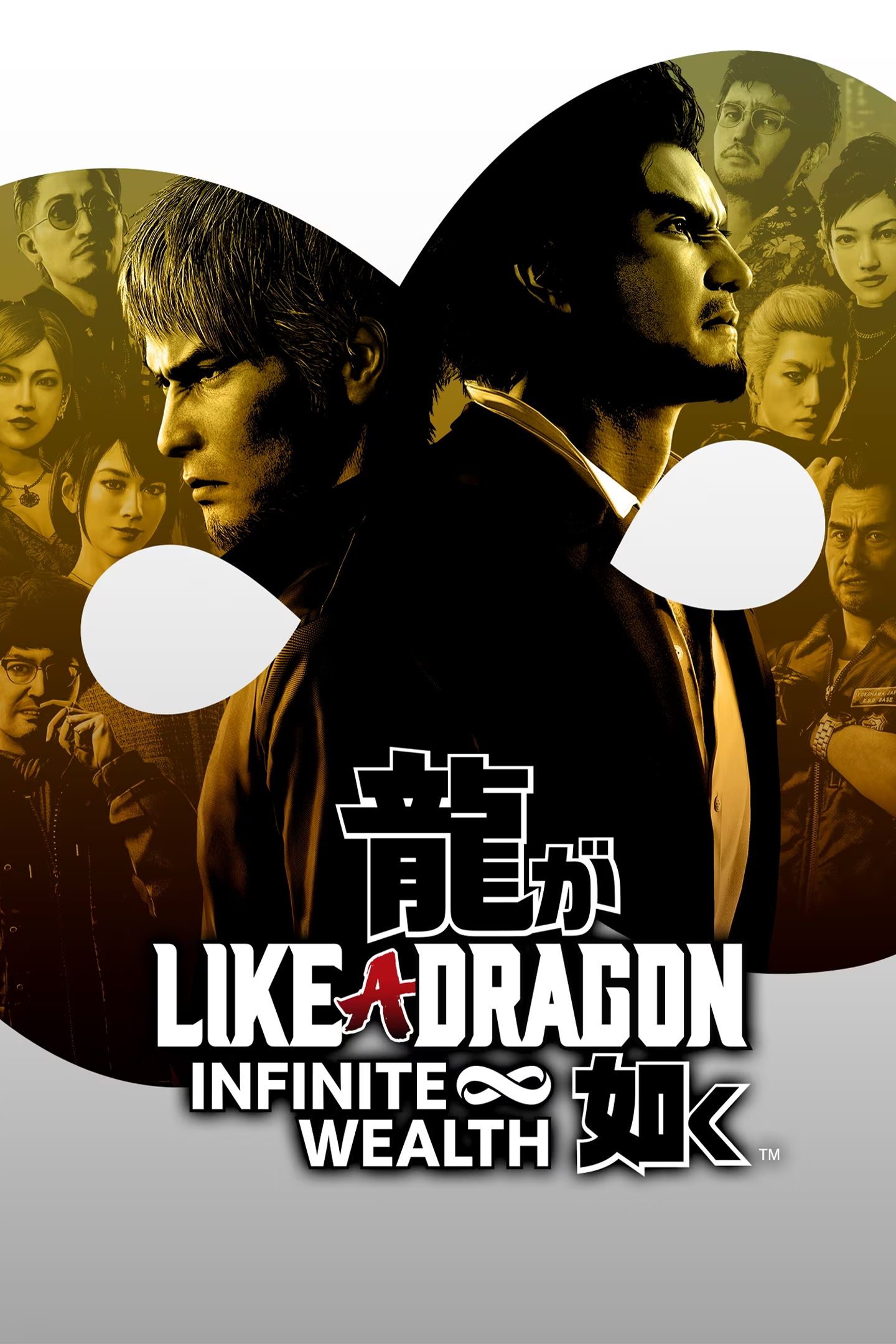Highlights
- Like a Dragon: Infinite Wealth offers players access to the largest map in the series, with an accurately replicated setting based on Waikiki in Hawaii.
- The game goes beyond just map design, delving into the darker side of Hawaiian life and highlighting the struggles faced by its residents.
- Like a Dragon: Infinite Wealth aims to accurately portray real-world locations, providing players with an immersive experience and addressing social issues such as economic disparity and the treatment of the homeless population in Hawaii.
Like a Dragon: Infinite Wealth gives players access to the series' largest map to date, filled with dozens of substories and mini-games for them to enjoy. Part of what makes exploring the map in Like a Dragon: Infinite Wealth enjoyable is getting to see how accurately developer Ryu Ga Gotoku Studio has replicated the game's setting, with a map layout almost identical to the real-world Waikiki. However, the commitment to an accurate Hawaiian setting doesn't end with its map design, as RGG Studio delves into the darker side of Hawaiian life that helps break the illusion of the paradise Hawaii is thought to be.
The Like a Dragon series has always featured grounded elements among the over-the-top action and wacky mini-games it's become known for, and what tends to ground the games are their settings' accuracy to the real-world locations they are based on. The series' iconic location of Kamurocho is nearly identical to real-world Kabukicho, complete with its clubs, bars, and yakuza hangouts. It's clear this same level of detail was put into designing Like a Dragon: Infinite Wealth's Hawaiian setting, going beyond simply replicating the location's map and including themes surrounding the struggles of life on the island in its story.
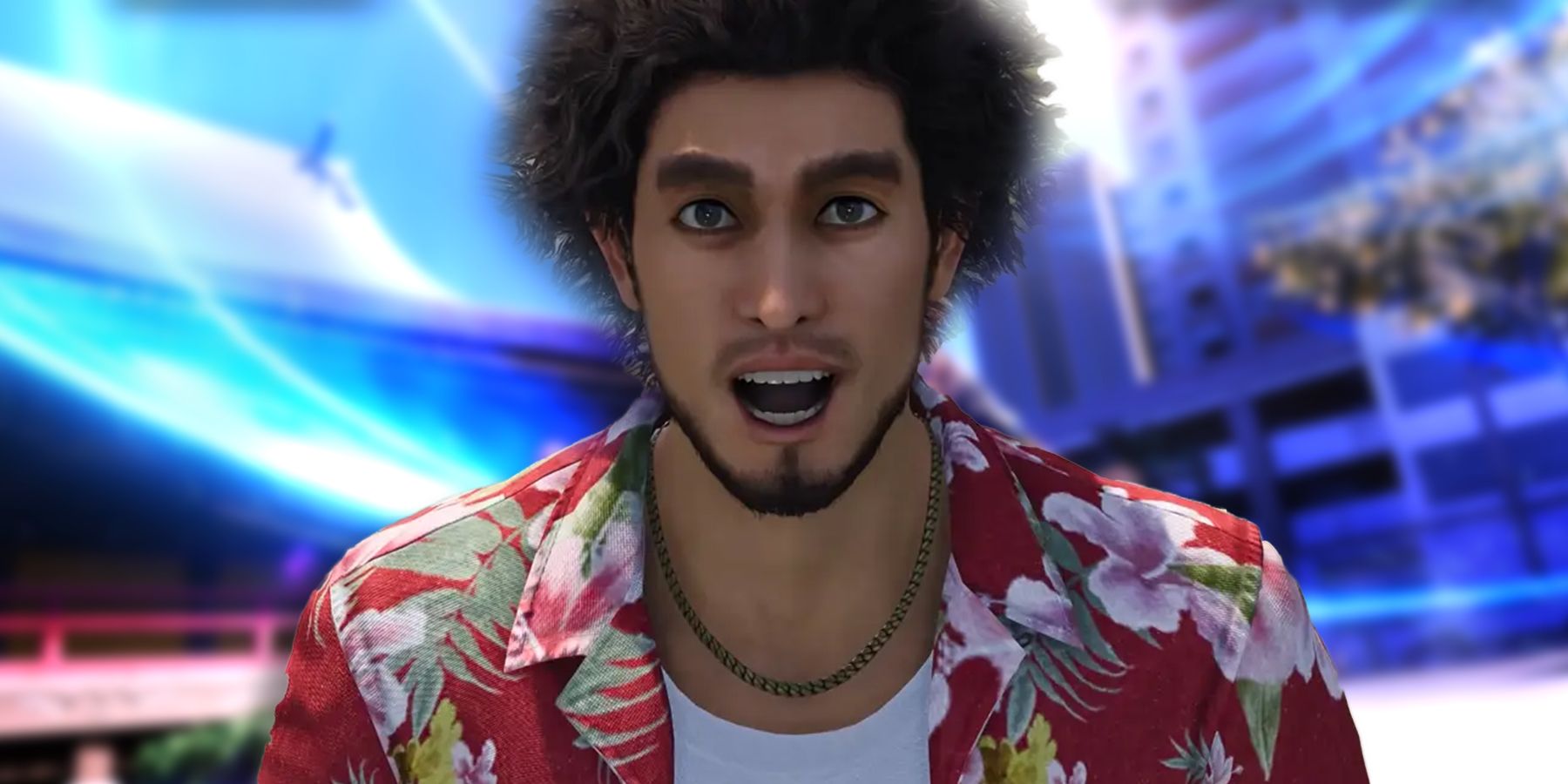
Like a Dragon: Infinite Wealth Solves One of its Predecessor's Biggest Problems
As the series builds upon its JRPG combat system, Like a Dragon: Infinite Wealth goes out of its way to solve a major problem of the previous game.
How Like a Dragon: Infinite Wealth’s Commitment to Accuracy Does Justice to its Hawaiian Setting
Waikiki is one of the most famous tourist destinations in Hawaii, so it's not surprising that Like a Dragon: Infinite Wealth would adapt the location for its setting. Many of the area's iconic locations have been replicated in Like a Dragon: Infinite Wealth, such as The Royal Hawaiian Hotel, Waikiki Beach, and the International Marketplace. This commitment to location accuracy allows players to experience the feeling of being in the real-world location of Waikiki while still playing a fictionalized version of it in the game.
The ability to explore fictionalized versions of real-world locations has always been an important part of the Yakuza and Like a Dragon games, allowing players to experience the fantasy of the yakuza lifestyle in a grounded setting. With the series now expanding to include locations outside of Japan, it's great to see the continued commitment to accurately portraying other parts of the world in Like a Dragon: Infinite Wealth. What makes this Hawaiian setting even better is not just the way the physical location is portrayed, but how Like a Dragon: Infinite Wealth handles Hawaii's social issues as well.
Like a Dragon: Infinite Wealth Doesn’t Pull Any Punches When Highlighting Hawaii’s Real-Life Struggles
The popular notion that Hawaii is a tropical paradise is quickly shattered in Like a Dragon: Infinite Wealth, as Kasuga almost immediately becomes a target for local crime organizations upon arrival. While it's clear Kasuga has some preconceived notions about Hawaii before he arrives, those perceptions change over the course of the game as he starts to learn what daily life is like for the average Hawaii resident. Meeting Tomizawa helps change Kasuga's perspective of life on the island as he learns about the skyrocketing cost of living, noting how the average rent in Hawaii could cover the cost of a penthouse in Japan.
Like a Dragon: Infinite Wealth also dives into the way Hawaii's homeless population is treated, and does a great job covering the issue without sugarcoating it. When Kasuga and the party head to District Five, they are shown a side of Hawaii that most tourists wouldn't see, showcasing how the Hawaiian government tries to hide the homeless population from the rest of the public to try and maintain the perception of paradise for tourists. The economic disparity between Hawaiian residents is highlighted even further when the party encounters the Palekana organization and learns the harsh reality of how much Hawaiian locals struggle on a daily basis.

